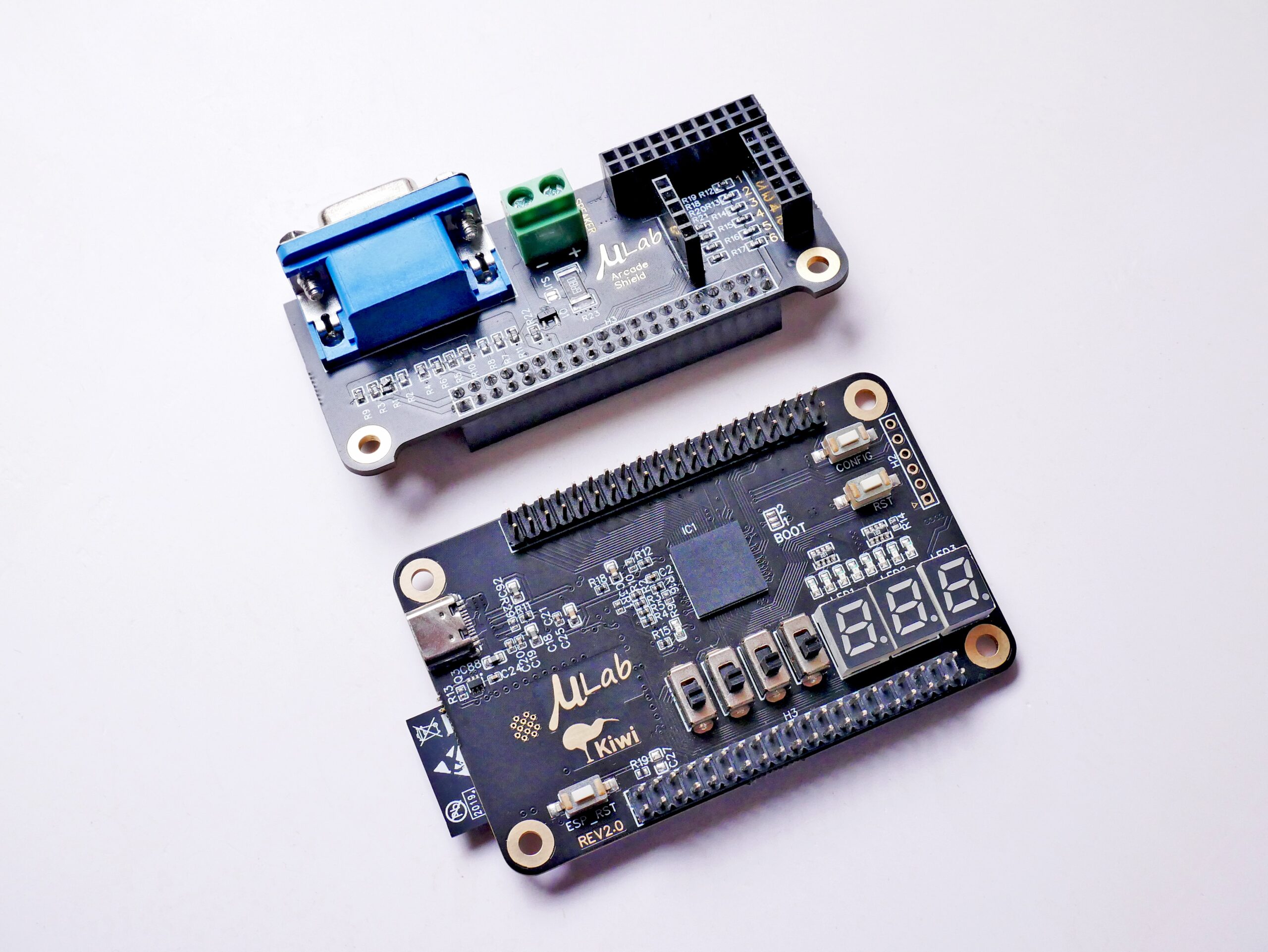The ESP32 is a powerful microcontroller that offers a wide range of features and capabilities. When it comes to programming the ESP32, developers have two main options: Arduino and Micropython. In this blog post, we will compare the two programming languages and discuss their advantages and disadvantages.
Arduino – Open-Source Electronics Platform
Arduino is a popular open-source electronics platform that simplifies the process of programming microcontrollers. It uses a C++ based language and provides an easy-to-use development environment. Arduino offers a large community of developers and a vast library of pre-built functions and examples.
One of the main advantages of using Arduino for ESP32 programming is its simplicity. The code is easy to write and understand, making it ideal for beginners. Arduino also provides a visual interface for configuring pins and modules, which further simplifies the development process.
However, Arduino has some limitations. It is a high-level language that abstracts many low-level hardware details. This can be a disadvantage for more advanced users who require fine-grained control over the hardware. Arduino also has a larger memory footprint compared to Micropython.
const int LED_BUILTIN = 2;
void setup() {
pinMode (LED_BUILTIN, OUTPUT);
}
void loop() {
digitalWrite(LED_BUILTIN, HIGH);
delay(1000);
digitalWrite(LED_BUILTIN, LOW);
delay(1000);
}Micropython
Micropython is a lightweight implementation of the Python 3 programming language optimized for microcontrollers. It offers a more powerful and flexible programming environment compared to Arduino. Micropython allows developers to write code in a familiar and easy-to-read language.
One of the main advantages of using Micropython for ESP32 programming is its compatibility with Python libraries. Python has a vast ecosystem of libraries for various applications, and developers can leverage this rich collection of resources for their ESP32 projects.
However, Micropython has a steeper learning curve compared to Arduino. It requires a good understanding of Python and its syntax. Micropython also has a smaller community compared to Arduino, which means that finding support and resources can be more challenging.
import machine
from time import sleep
led = machine.Pin(2, machine.Pin.OUT)
while True:
led.on()
sleep(1)
led.off()
sleep(1)Conclusion
Both Arduino and Micropython offer different advantages and disadvantages for ESP32 programming. Arduino is ideal for beginners and those who prefer a simpler development environment. On the other hand, Micropython provides more flexibility and compatibility with Python libraries. The choice between the two ultimately depends on the specific requirements of the project and the skills and preferences of the developer.


